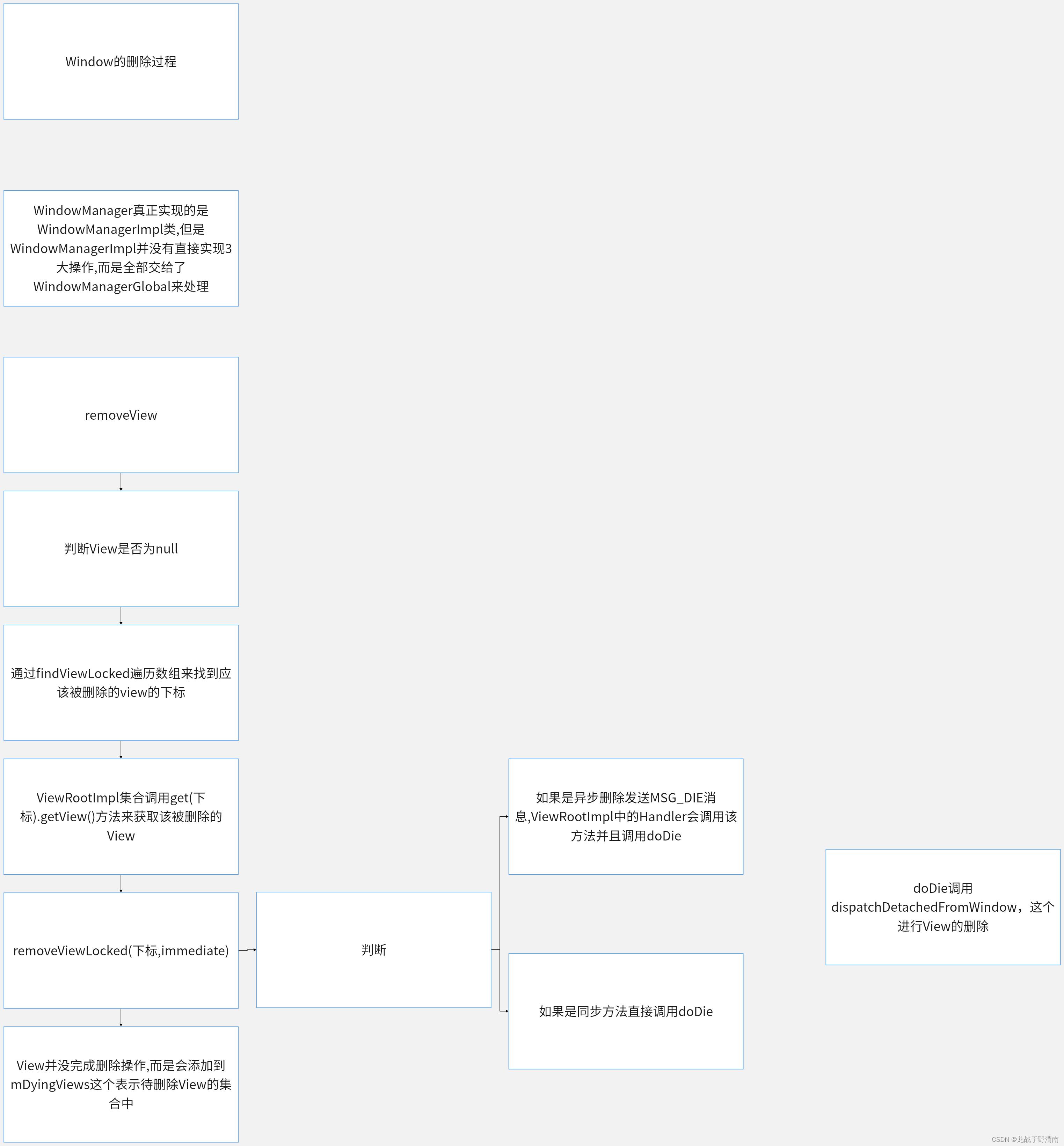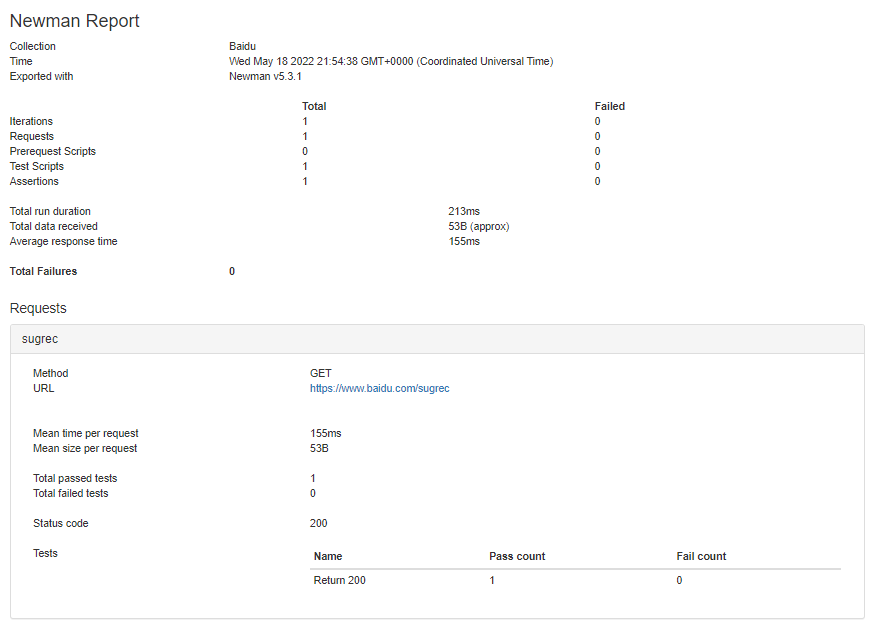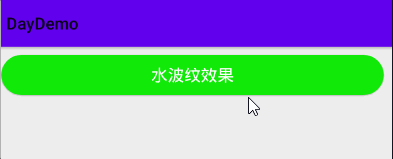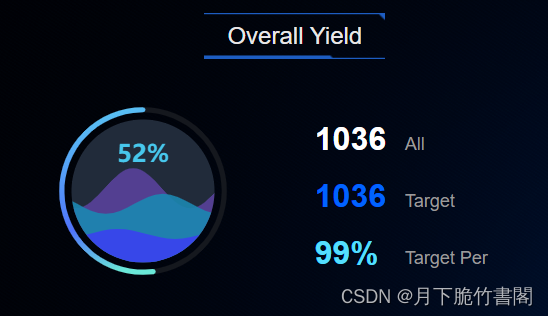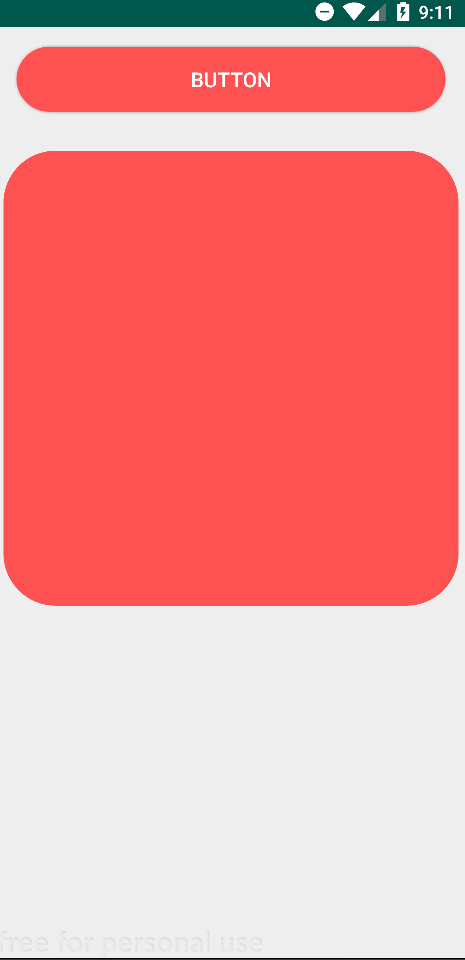vue+elementUI 项目搭建
命令行需要管理员权限。
根据之前创建vue-cli项目一样再来一遍 创建项目。
1、创建一个名为 hello-vue 的工程 vue init webpack vue-element
D:\IdeaProjects\vue>vue init webpack vue-element
‘git’ �����
? Project name vue-element
? Project description 回车
? Author 作者名
? Vue build standalone
? Install vue-router? No
? Use ESLint to lint your code? No
? Set up unit tests No
? Setup e2e tests with Nightwatch? No
? Should we run npm install for you after the project has been created? (recommended) npm
2、安装依赖,我们需要安装 vue-router、element-ui、sass-loader 和 node-sass 四个插件。
# 进入工程目录
cd vue-element
# 安装 vue-router
npm install vue-router --save-dev
# 安装 element-ui
npm i element-ui -S
# 安装依赖
npm install
# 安装 SASS 加载器
cnpm install sass-loader node-sass --save-dev
# 启动测试
npm run dev
3、创建成功后用idea打开,并删除净东西 创建views和router文件夹用来存放视图和路由

4、在views创建Main.vue
Main.vue
<template>
<h1>首页</h1>
</template><script>export default {name: "Main"}
</script><style scoped>
</style>5、views中创建Login.vue视图组件
Login.vue(用的饿了么UI中的代码)
<template><div><el-form ref="loginForm" :model="form" :rules="rules" label-width="80px" class="login-box"><h3 class="login-title">欢迎登录</h3><el-form-item label="账号" prop="username"><el-input type="text" placeholder="请输入账号" v-model="form.username"/></el-form-item><el-form-item label="密码" prop="password"><el-input type="password" placeholder="请输入密码" v-model="form.password"/></el-form-item><el-form-item><el-button type="primary" v-on:click="onSubmit('loginForm')">登录</el-button></el-form-item></el-form><el-dialogtitle="温馨提示":visible.sync="dialogVisible"width="30%":before-close="handleClose"><span>请输入账号和密码</span><span slot="footer" class="dialog-footer"><el-button type="primary" @click="dialogVisible = false">确 定</el-button></span></el-dialog></div>
</template><script>export default {name: "Login",data() {return {form: {username: '',password: ''},// 表单验证,需要在 el-form-item 元素中增加 prop 属性rules: {username: [{required: true, message: '账号不可为空', trigger: 'blur'}],password: [{required: true, message: '密码不可为空', trigger: 'blur'}]},// 对话框显示和隐藏dialogVisible: false}},methods: {onSubmit(formName) {// 为表单绑定验证功能this.$refs[formName].validate((valid) => {if (valid) {// 使用 vue-router 路由到指定页面,该方式称之为编程式导航this.$router.push("/main");} else {this.dialogVisible = true;return false;}});}}}
</script><style lang="scss" scoped>.login-box {border: 1px solid #DCDFE6;width: 350px;margin: 180px auto;padding: 35px 35px 15px 35px;border-radius: 5px;-webkit-border-radius: 5px;-moz-border-radius: 5px;box-shadow: 0 0 25px #909399;}.login-title {text-align: center;margin: 0 auto 40px auto;color: #303133;}
</style>6、创建路由,在 router 目录下创建一个名为 index.js 的 vue-router 路由配置文件
index.js
import Vue from 'vue'
import Router from "vue-router"import Main from '../views/Main'
import Login from '../views/Login'
Vue.use(Router);export default new Router({routes:[{path:'/Main',component:Main},{path:'/Login',component:Login}]
});7、在main.js中配置相关
main.js main.js是index.html调用的 所以基本上所有东西都导出到这
一定不要忘记扫描路由配置并将其用到new Vue中
// The Vue build version to load with the `import` command
// (runtime-only or standalone) has been set in webpack.base.conf with an alias.
import Vue from 'vue'
import App from './App'
import router from './router'
import Element from 'element-ui'
import 'element-ui/lib/theme-chalk/index.css'
Vue.config.productionTip = falseVue.use(router);
Vue.use(Element);/* eslint-disable no-new */
new Vue({el: '#app',router,render: h => h(App)
})8. 在App.vue中配置显示视图
App.vue
<template><div id="app"><router-link to="/Main">main</router-link><router-link to="/Login">Login</router-link><router-view></router-view></div>
</template><script>
export default {name: 'App',
}
</script><style>
#app {font-family: 'Avenir', Helvetica, Arial, sans-serif;-webkit-font-smoothing: antialiased;-moz-osx-font-smoothing: grayscale;text-align: center;color: #2c3e50;margin-top: 60px;
}
</style>9、最后效果

图 vue+elementUI实战效果图
测试:在浏览器打开 http://localhost:8081/#/Login
如果出现错误: 可能是因为sass-loader的版本过高导致的编译错误,当前最高版本是8.0.2,需要退回到7.3.1 ;
去package.json文件里面的 "sass-loader"的版本更换成7.3.1,然后重新cnpm install就可以了;然后npm run dev 即可启动项目。
路由嵌套
嵌套路由又称子路由,在实际应用中,通常由多层嵌套的组件组合而成。
1、 创建用户信息组件,在 views/user 目录下创建一个名为 Profile.vue 的视图组件;
Profile.vue
<template><h1>个人信息</h1>
</template><script>export default {name: "UserProfile"}
</script><style scoped></style>
2、在用户列表组件在 views/user 目录下创建一个名为 List.vue 的视图组件;
List.vue
<template><h1>用户列表</h1>
</template><script>export default {name: "UserList"}
</script><style scoped></style>3、 修改首页视图,我们修改 Main.vue 视图组件,此处使用了 ElementUI 布局容器组件,代码如下:
Main.vue
<template><div><el-container><el-aside width="200px"><el-menu :default-openeds="['1']"><el-submenu index="1"><template slot="title"><i class="el-icon-caret-right"></i>用户管理</template><el-menu-item-group><el-menu-item index="1-1"><!--插入的地方--><router-link to="/user/profile">个人信息</router-link></el-menu-item><el-menu-item index="1-2"><!--插入的地方--><router-link to="/user/list">用户列表</router-link></el-menu-item></el-menu-item-group></el-submenu><el-submenu index="2"><template slot="title"><i class="el-icon-caret-right"></i>内容管理</template><el-menu-item-group><el-menu-item index="2-1">分类管理</el-menu-item><el-menu-item index="2-2">内容列表</el-menu-item></el-menu-item-group></el-submenu></el-menu></el-aside><el-container><el-header style="text-align: right; font-size: 12px"><el-dropdown><i class="el-icon-setting" style="margin-right: 15px"></i><el-dropdown-menu slot="dropdown"><el-dropdown-item>个人信息</el-dropdown-item><el-dropdown-item>退出登录</el-dropdown-item></el-dropdown-menu></el-dropdown></el-header><el-main><!--在这里展示视图--><router-view /></el-main></el-container></el-container></div>
</template>
<script>export default {name: "Main"}
</script>
<style scoped lang="scss">.el-header {background-color: pink;color: #333;line-height: 60px;}.el-aside {color: #333333;}
</style>4、 配置嵌套路由修改 router 目录下的 index.js 路由配置文件,使用children放入main中写入子模块,代码如下
index.js
import Vue from 'vue'
import Router from "vue-router"import Main from '../views/Main'
import Login from '../views/Login'import UserList from '../views/user/List'
import UserProfile from '../views/user/Profile'Vue.use(Router);export default new Router({routes:[{path:'/Main',component:Main,children:[{path:'/user/profile',component:UserProfile},{path:'/user/list',component:UserList}]},{path:'/Login',component:Login}]
});5、 路由嵌套实战效果图

参数传递
- 这里演示如果请求带有参数该怎么传递
第一种取值方式
1、 修改路由配置, 主要是router下的index.js中的 path 属性中增加了 :id 这样的占位符
/src/router/index.js
{path: '/user/profile/:id', name:'UserProfile', component: UserProfile
}
2、传递参数
此时我们在Main.vue中的route-link位置处 to 改为了 :to,是为了将这一属性当成对象使用,注意 router-link 中的 name 属性名称 一定要和 路由中的 name 属性名称 匹配,因为这样 Vue 才能找到对应的路由路径;
Main.vue 部分代码
<!--name是组件的名字 params是传的参数 如果要传参数的话就需要用v:bind:来绑定-->
<router-link :to="{name:'UserProfile',params:{id:31}}">个人信息</router-link>
3、在要展示的组件Profile.vue中接收参数 使用 {{$route.params.id}}来接收
Profile.vue 部分代码
<template><!-- 所有的元素必须在根节点下--><div><h1>个人信息</h1>{{$route.params.id}}</div>
</template>
第二种取值方式 使用props 减少耦合
1、修改路由配置 , 主要在router下的index.js中的路由属性中增加了 props: true 属性,跳转到哪个component,就去对应的component接收属性
{path: '/user/profile/:id', name:'UserProfile', component: UserProfile, props: true
}
2、与第一种方式一样。 在Main.vue中修改route-link地址
<!--name是组件的名字 params是传的参数 如果要传参数的话就需要用v:bind:来绑定-->
<router-link :to="{name:'UserProfile',params:{id:1}}">个人信息</router-link>
3、在Profile.vue接收参数为目标组件增加 props 属性
Profile.vue
使用方式不同、props接收
<template><div><h1>个人信息</h1><h2>传递的id:{{id}}</h2></div>
</template><script>export default {name: "UserProfile",props:['id']}
</script><style scoped></style>
效果图

实例:登录传递用户名
Login.vue 请求
this.$router.push("/main");
更改为以下
this.$router.push("/main/"+this.form.username);

组件重定向
Vue 中的重定向是作用在路径不同但组件相同的情况下。
router/index.js中添加即可。
{path:'/goHome',redirect:'/'}
App.vue ,添加一个路由路径,请求/goHome,然后被重定向到/ ,即。localhost:8080
<template><div id="app"><router-link to="/Main">main</router-link><router-link to="/Login">Login</router-link><router-link to="/goHome">goHome</router-link><router-view></router-view></div>
</template>
路由模式与 404
路由模式
路由模式有两种
- hash:路径带 # 符号,如 http://localhost/#/login
- history:路径不带 # 符号,如 http://localhost/login
在router/index.js 中修改路由配置,代码如下:
export default new Router({mode: 'history',routes: []
});

404
1.创建一个NotFound.vue视图组件
NotFound.vue
<template>
<div><h1>404啦,找不到页面啦!!!</h1>
</div>
</template>
<script>export default {name: "NotFound"}
</script><style scoped></style>
2.修改路由配置index.js
import NotFound from '../views/NotFound'...
添加一个路由配置
{path: '*',component: NotFound
}
3.效果图

路由钩子与异步请求
beforeRouteEnter:在进入路由前执行
beforeRouteLeave:在离开路由前执行
在Profile.vue中写
<script>export default {name: "UserProfile",props:['id'],beforeRouteEnter:(to,from,next)=>{//进入之前console.log("进入路由之前");next();},beforeRouteLeave:(to,from,next)=>{//进入之后console.log("进入路由之后");next();}}
</script>
参数说明:
- to:路由将要跳转的路径信息
- from:路径跳转前的路径信息
- next:路由的控制参数
- next() 跳入下一个页面
- next(’/path’) 改变路由的跳转方向,使其跳到另一个路由
- next(false) 返回原来的页面
- next((vm)=>{}) 仅在 beforeRouteEnter 中可用,vm 是组件实例
在钩子函数中使用异步请求
1、安装 Axios
cnpm install --save vue-axios
2、main.js引用 Axios
import axios from 'axios'
import VueAxios from 'vue-axios'
Vue.use(VueAxios, axios)
3、准备数据 : 只有我们的 static 目录下的文件是可以被访问到的,所以我们就把静态文件放入该目录下。
数据和之前用的json数据一样 需要的去上述axios例子里
// 静态数据存放的位置
static/mock/data.json
4.在 beforeRouteEnter 中进行异步请求
Profile.vue
<template><div><h2>传递的json:{{info}}</h2></div>
</template><script>export default {name: "UserProfile",props: ['id','info'],//接收infobeforeRouteEnter: (to, from, next) => {//进入之前console.log("进入路由之前");next(vm => {vm.getData();});},beforeRouteLeave: (to, from, next) => {//进入之后console.log("进入路由之后");next();},methods: {getData: function () {//链式编程。this.axios.get('http://localhost:8080/static/mock/data.json').then(result => (this.info = result.data));}}}
</script><style scoped></style>- 非链式的axios
methods: {getData: function () {this.axios({method: 'get',url: 'http://localhost:8080/static/mock/data.json'}).then(function (response) {console.log(response)})}}
5.路由钩子和axios结合图


